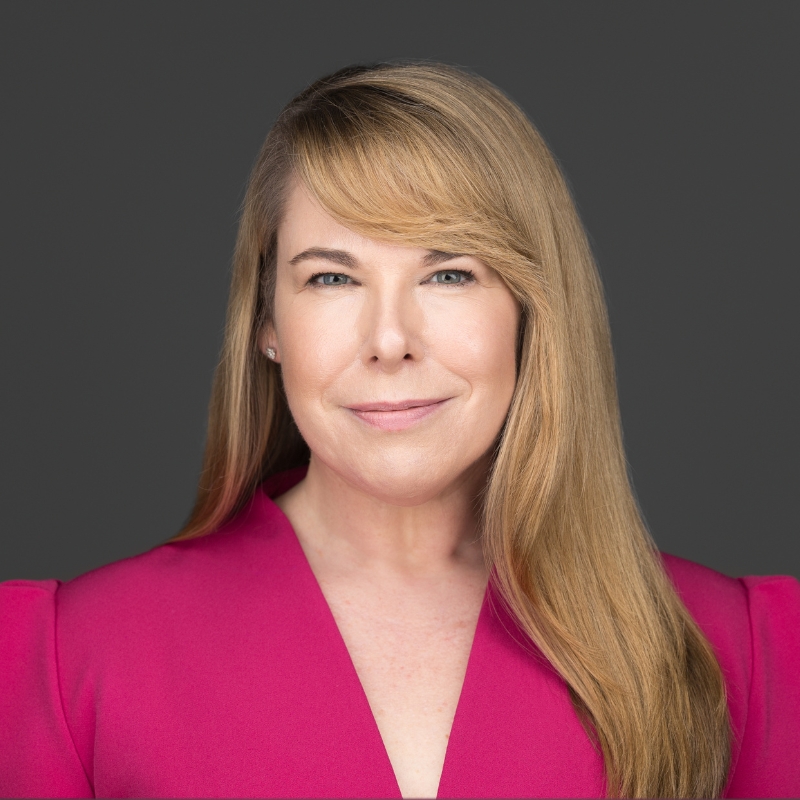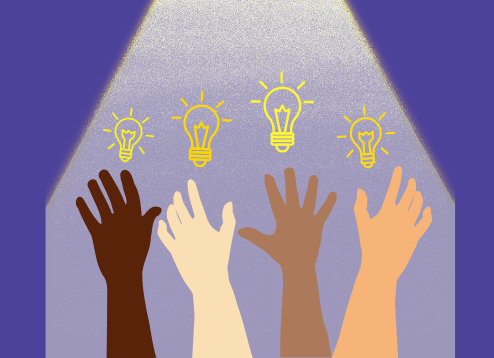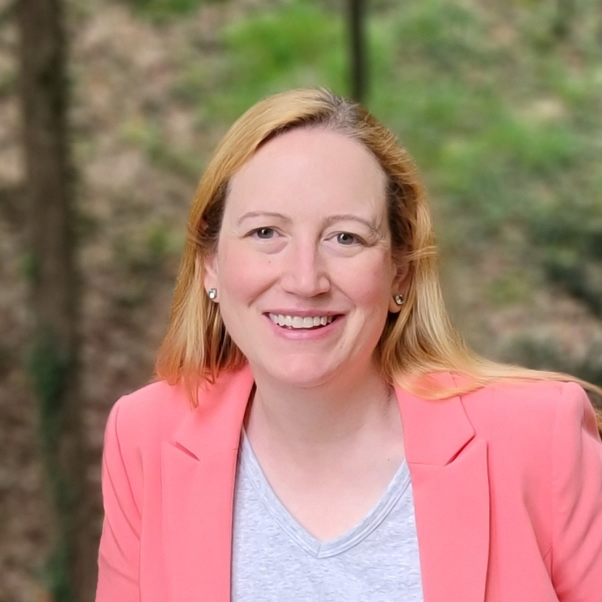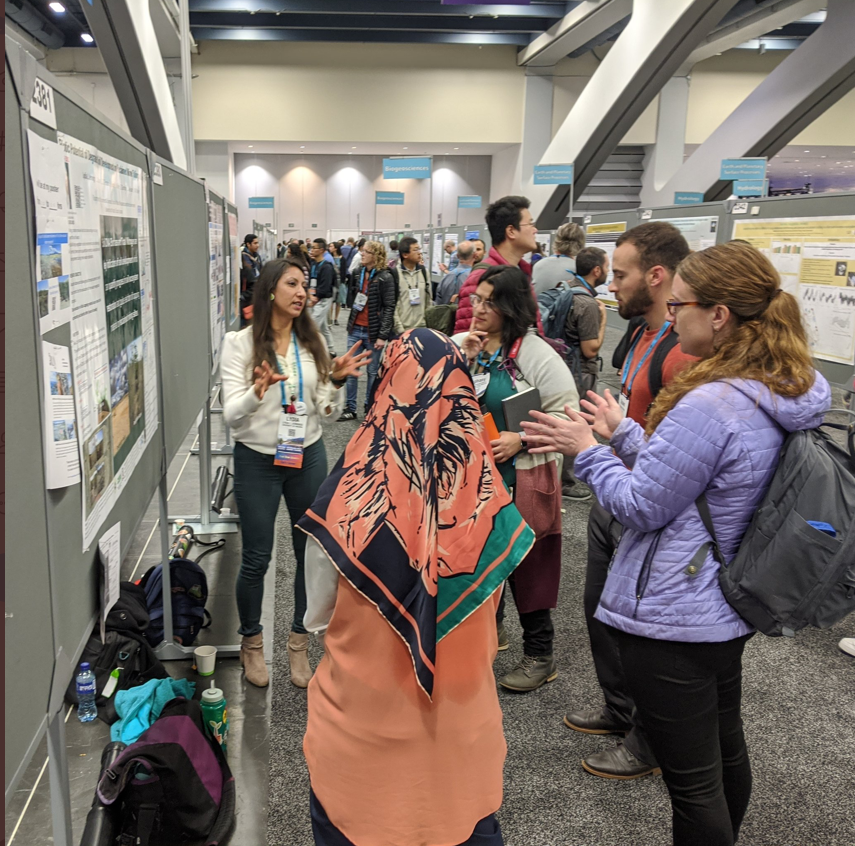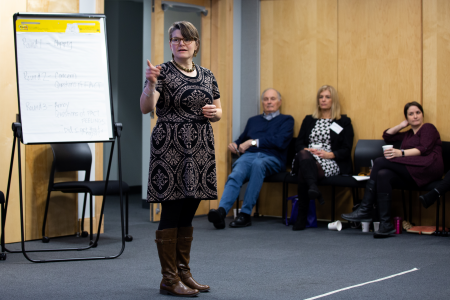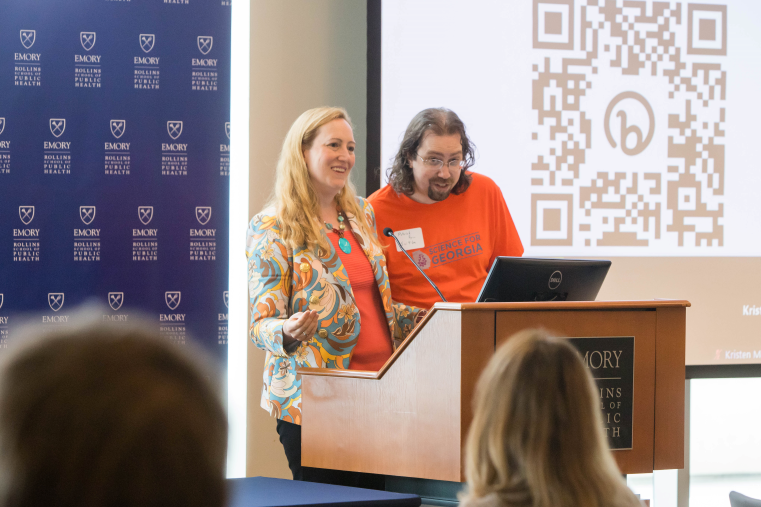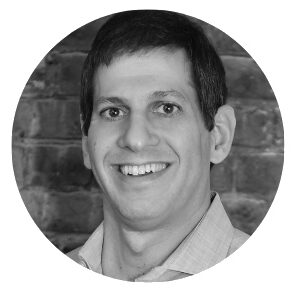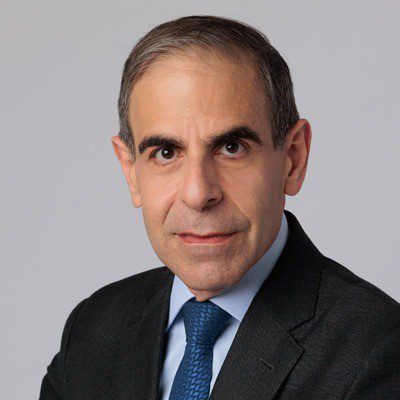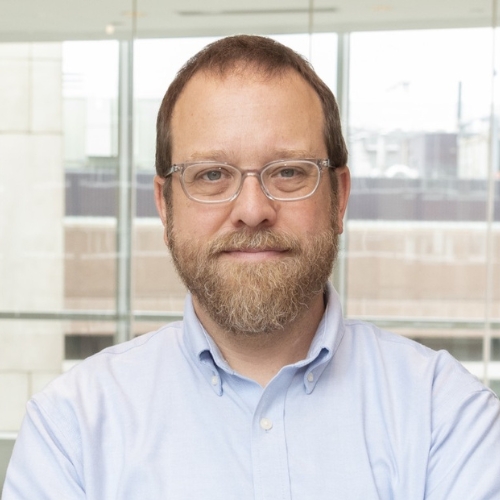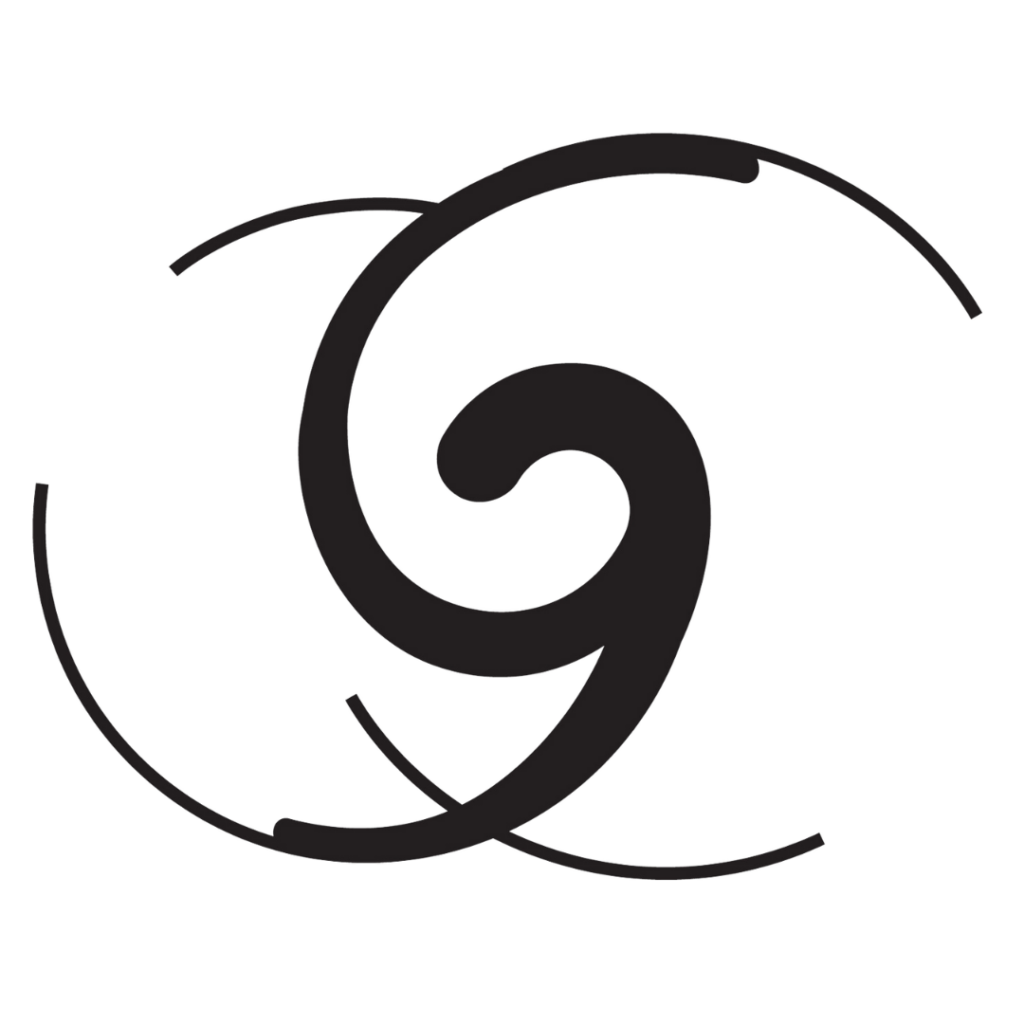
One of the early members of The New York Academy of Sciences (the Academy), Margaret Burbidge, PhD was an influential astrophysicist and proponent of women’s equality in science.
Published March 31, 2025
By Brooke Elliott

Margaret Burbidge, PhD was the first woman to serve as director of the Royal Observatory, a recipient of the National Medal of Science, and a designer of instruments carried aboard the Hubble Space Telescope. She was also the first director of the University of California’s Center for Astrophysics and Space Sciences, paving the way for generations of women in the male-dominated scientific community.
Early Life
Eleanor Margaret Peachey was born on August 12, 1919, in Davenport, northwest England to chemistry lecturer Stanley Peachey and wife Majorie Scott, who had been his student. Her early life was defined by her parents’ scientific and intellectual curiosity.
It was at just four years old, while crossing the English Channel on holiday with her parents, that Margaret’s passion for astronomy began. As she looked up into the clear night sky, she saw stars in a way she never could have imagined in urban London. She became “smitten” with astronomy, and though she excelled in all her classes, it was science she took a special interest in as she grew older.
In 1936, Burbidge enrolled at University College London, where she studied astronomy, physics, and mathematics. She graduated in 1939 with first-class honors and stayed on to receive her PhD from the University of London in 1943. While she was a student, she met fellow student Geoffrey Burbidge, and the pair married in 1948.
Breaking Down Gender Barriers
In the late 1940s, there weren’t many women in the scientific community. When Dr. Burbidge applied for the Carnegie Institution for Science fellowship, which would have given her access to the Mount Wilson Observatory in Pasadena, California, she was denied based on her gender. Women were not allowed to use the prestigious telescopes because “men making the rules somehow developed the idea that the wives of the astronomers would not like the thought of their men working with women ‘during the night’!”
Dr. Burbidge wasn’t going to let this stop her, though, and in a bold move to continue her work, she posed as her husband’s assistant to gain access to the observatory. Even then, the pair was made to live in a rustic, unheated cottage miles from the other, male, scientists, who were accommodated with a private chef.
Contributions to Astrophysics
During her decades-long career, Dr. Burbidge made many contributions not only to astrophysics but to humanity. Some of her most influential work was done in collaboration with her husband, including the landmark article “Synthesis of the Elements in Stars.”
The paper, published in 1957 and often referred to as the BBFH paper, is one of the most influential scientific articles to date and revolutionized the public’s understanding of stellar nucleosynthesis–the process by which stars create nearly all of the elements in the periodic table. They demonstrated how the essential elements–carbon, oxygen, and nitrogen–were created in the cores of stars.
She also worked with quasars, short for “quasi-stellar radio sources,” which are the brightest and most distant objects in the universe. She extensively researched the origins of these fascinating phenomena and helped to demystify them.
A Big Bang in Research
Dr. Burbidge was always a free thinker and unafraid to challenge the prevailing theories of the time. Most notable was her skepticism of the “Big Bang Theory”–the majority view in the scientific community, which states that the universe was created by a single explosion and has been expanding ever since. The Burbidges were proponents of the steady state concept, which held that the universe has no beginning and end, only the continual creation of matter.
She also helped to design the instruments aboard the Hubble Space Telescope. Launched in 1990, it has revolutionized our understanding of the universe as it orbits Earth every 95 minutes and looks back billions of years into the past.
Academia and Accomplishments
Dr. Burbidge did more than introduce new ideas to the established scientific community; she expanded the field through her teaching. During the course of her career, she worked at the California Institute of Technology, the Harvard College Observatory, the Yerkes Observatory, the University of Chicago, and the McDonald Observatory. Her commitment to education, something that had been in her family since her father’s days as a chemistry professor, increased her status as a trailblazer for aspiring scientists.
In 1985, President Ronald Reagan awarded Dr. Burbidge the National Medal of Sciences, which only 10 women have received in its history. Further, she served as director of the Royal Observatory from 1972 to 1973 without being named Astronomer Royal, another act of discrimination against her gender. It was the first time in 300 years that the positions were not held simultaneously.
Equality for Women
Dr. Burbidge’s commitment against discrimination was an important aspect of her life and work, and in 1972, she refused the Annie Jump Cannon Award in Astronomy because it was only awarded to women. In an interview with Science Magazine in 1991, she said, “If my strong feeling is against any kind of discrimination, I have to stretch that to include discrimination for women too.”
She was the first woman to serve as president of the American Astronomical Society. Other accolades include the Helen B. Warner Prize from the American Astronomical Society and the Catherine Wolfe Bruce Gold Medal from the Astronomical Society of the Pacific. She was also selected as an Honorary Life Member of The New York Academy of Sciences.
Dr. Burbidge passed away in 2020 at age 100. As part of the lasting testament to her legacy in astronomy, she has an asteroid named for her, Minor Planet 5490 Burbidge.
Also read: A Pioneer in Pap Smears and Cancer Research

